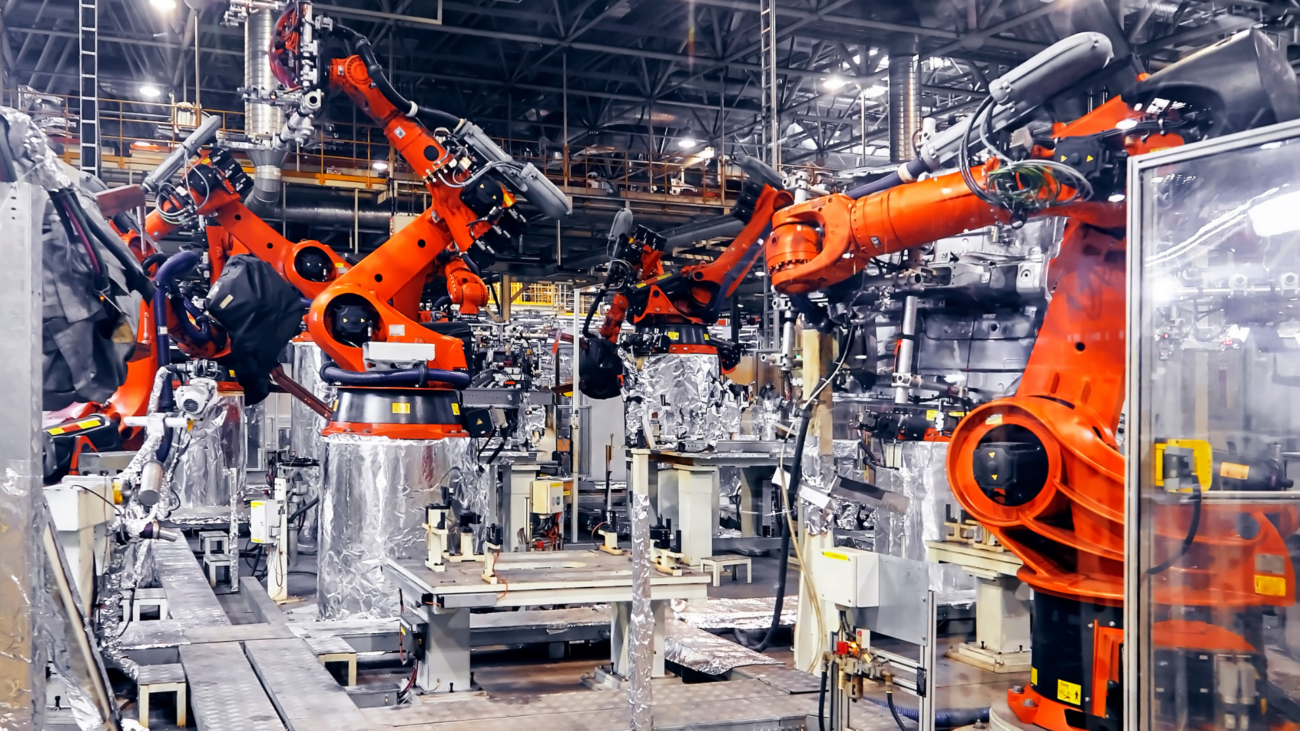The e-commerce industry continues to evolve and experience high growth in both developed and developing markets. The traditional brick and mortar stores are experiencing slowdown as consumer shift their buying preference online.
The coronavirus pandemic has seemingly forced a plethora of rich wholesale retailers and large-scale offline sources to upscale their existing mode of operations and services. They are steadily revamping their efforts in an attempt to engage consumers online and creating an Omni-channel module to cater to the surging demand for essential and indispensable items such as medicines, groceries and other essential goods to their consumers
The most popular trends of the e-commerce realm with respect to the current situation are as follows:
• Chatbots
• AI and Machine Learning
• Mobile Payments and mobile shopping
• Virtual Reality
• Rise of Omni Channel Platform
Mobile Commerce is easily outspreading the shopping experience across mobile devices and smartphones. Smartphone penetration is growing. With social media more prevalent, there is a seamless availability of digital experience and to grab it, is critical for business.
Some of the challenges faced by E-commerce industry are:
Many retailers changed their way of execution of their business and included technology. Regardless of category, one can expect the COVID-19 outbreak to effect major transformative changes in the retail macro environment
Since April 2020, ecommerce shopping has been unfailingly above the shopping levels seen during the 2019 holiday season. In June 2020, $73.2 billion was spent online, up 76.2% Y/Y. As per the Shopping Index report released by Salesforce, which examines the activity of more than 500 million shoppers worldwide, the mobile, social media and AI are main drivers of ecommerce growth
Demographically, Millennials and Gen X are the biggest online shoppers, with 67% of millennials and 56% of Gen X preferring to shop online versus brick-and-mortar store. Reason being, these two segments of the population spending more money online because they spend more time shopping online. Millennials and Gen Xers spend 50% more time shopping online than their older counterparts: 6 hours versus 4 hours.
For details on current trend and global outlook please feel free to refer to the following E-commerce Industry report from CrispIdea:
https://www.crispidea.com/downloads/e-commerce-industry-report-2020-will-consumer-shift-to-online-retail-be-perpetual/




